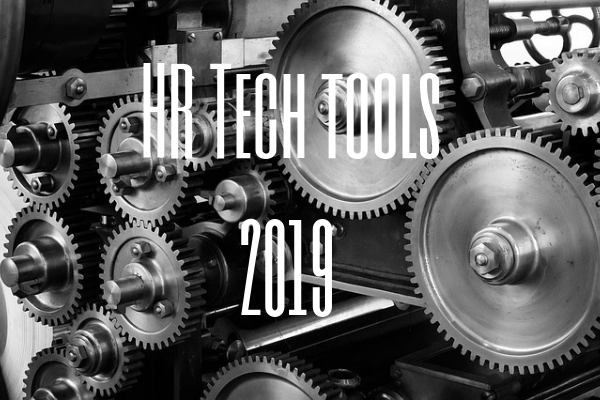Technology has been changing the HR world at an alarming pace over the years and it will continue to do so. With 2019 already at our doorstep, technology will certainly pervade many crucial aspects of the HR function, from recruitment to learning and sensitisation of employees.
Not only will there be major shifts, companies will begin to seriously invest in various technologies to meet some of their HR goals and targets.
Here are six HR technology trends we will witness in 2019:
Training employees with VR (virtual reality) technology to check sexual harassment cases at work
With the #Metoo campaign gaining momentum in India, many celebrities and people from the corporate world, have been accused of sexual harassment. With cases coming out into the open after 12 to 15 years of their occurence, companies will now seriously start investing in virtual reality (VR) technology to train staff on how to handle sexual harassment. This training will include preventable measures and bystander intervention. Virtual reality will also be used in the learning and on-boarding process as well, where employees will get to face real-time challenges before going into the real world.
AI-driven HR operations
AI has already changed the game in recent times. However, the future promises to be much more exciting. Major improvements and enhancements will be made in technology to provide better services.
Machine learning is an application within AI, which facilitates quick learning and faster decision making. It enables better responsive actions to given situations. It analyses the company’s data and suggests responsive measures in quick time. There is not only a huge saving in terms of reduced human effort, but also in terms of time. Additionally, accuracy is guaranteed.
AI can be very vital in preventing bias during the hiring and recruiting process. It can be used to ignore the name, university, location and tenure in previous positions, while sorting or selecting resumes/candidates. It will also play a ground breaking role in blind hiring in 2019.
In the applicant tracking system (ATS) too AI will be extremely important, as it will reduce the human effort of picking and ranking some of the best resumes that can fit into the role and the culture of the organisation. On the basis of questions frequently asked by employees, AI can predict the responses to the same, which will again save a lot of time for HR.
Natural language processing (NLP )
Natural language processing is a branch of AI itself, which can understand the written and spoken human languages and also interact with humans to some extent. This technology can be used in the first phase of hiring, where it can ask candidates for their resumes, and take a screening test before fixing an interview with a human recruiter.
Predictive analytics
Companies have a lot of data with them stored in clouds, in various formats. For some companies analytics is already a part of their functioning in various departments, including HR but this will further increase in the coming years. It will analyse the data and formulate results of employee engagement and measure employee performance for the rewarding system.
It can predict various outcomes. Imagine if HR is aware of an employee’s desire to leave, so that preventive measures can be taken to improve the employee experience! Technology will only enhance further and improve to give accurate and better results.
Mobile-enabled experiences
For many people, smartphones are the only or primary computer experience throughout the day, especially at home. There will be a lot of demand for mobile-enabled HR functions and approaches in the future. Companies will be targeting the required talent through mobile applications and much of the recruitment processes will also take place through mobile apps. Companies will invest in learning platforms, which are mobile friendly in nature.
Wearable technology
Companies are already investing in the wellness of employees, with technology-enabled trackers which constantly monitor the stress level of the employees. Wearable technologies can be used to study the heart rate, body temperature and pupil dilation, which help understand the behaviour of the employees. This technology can be used to predict and gather vital data and information, such as the amount of time employees spend on working and the ideal time duration they should actually spend working.



